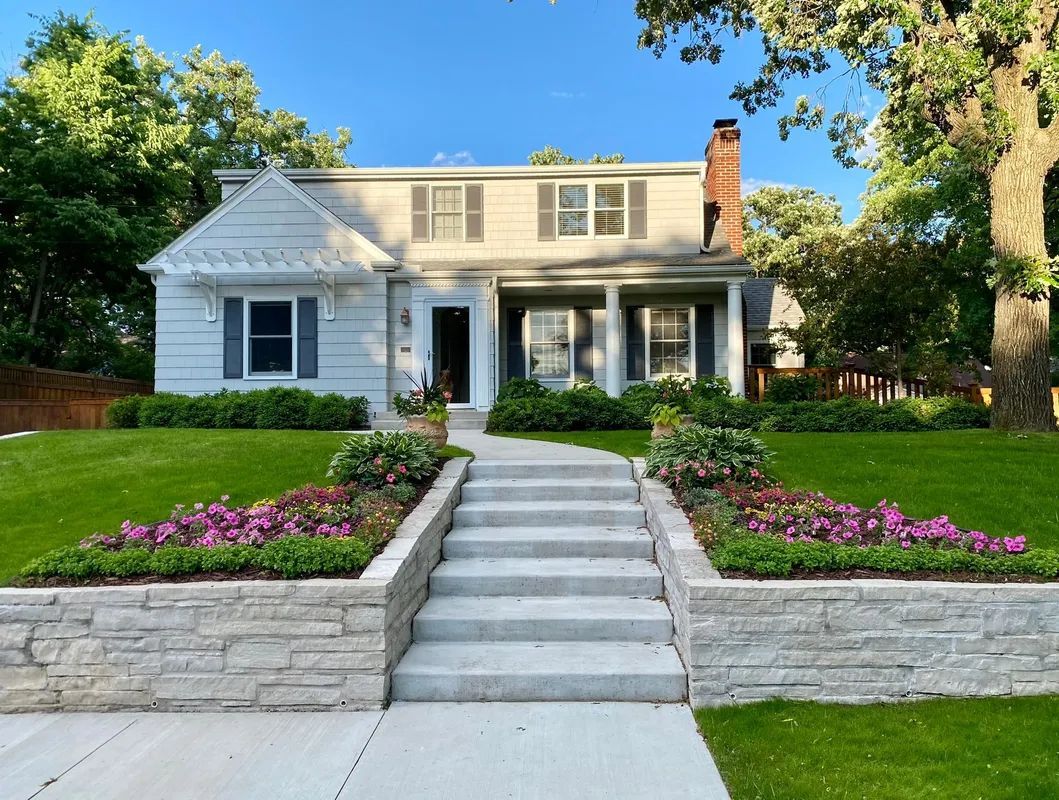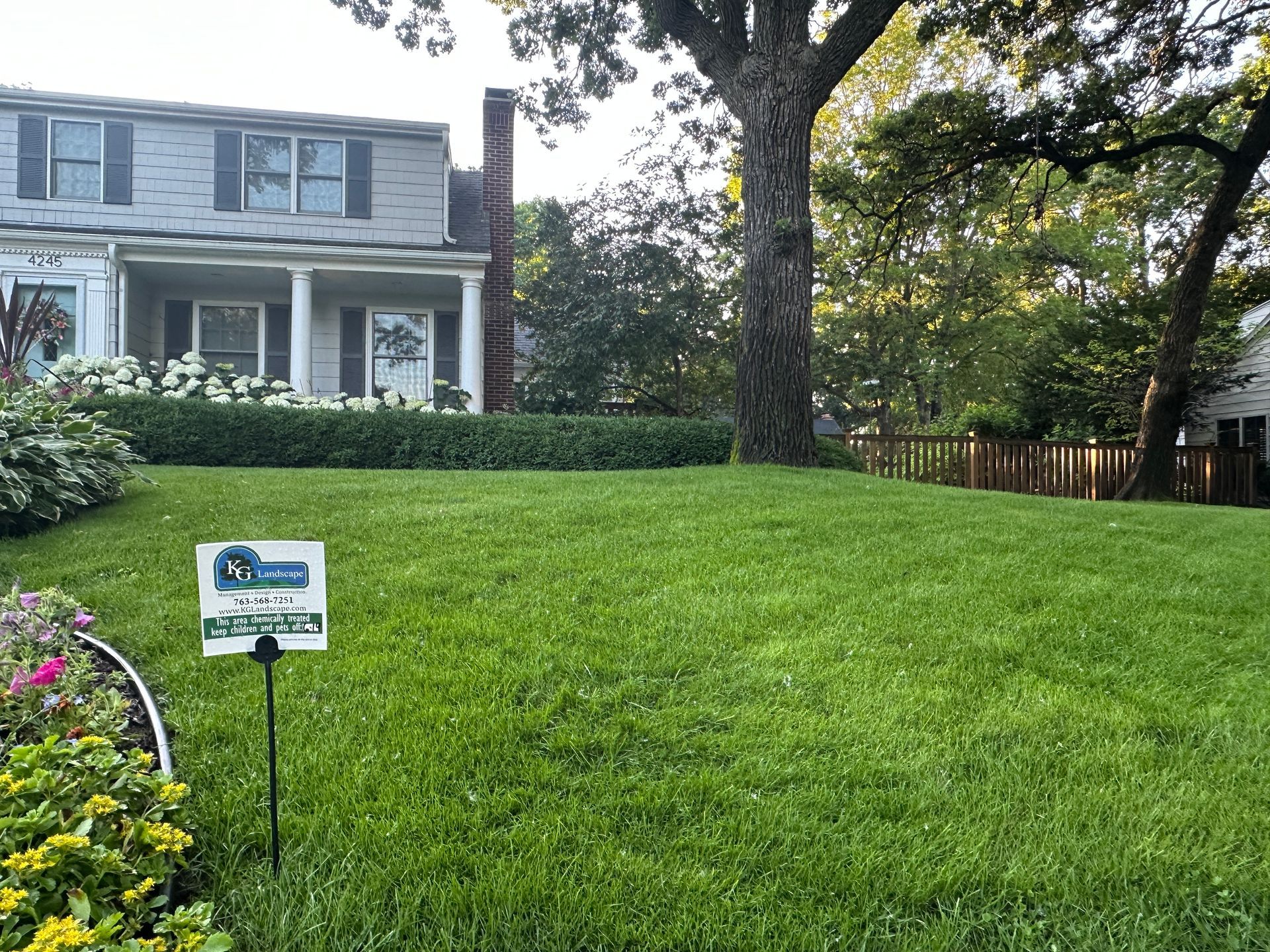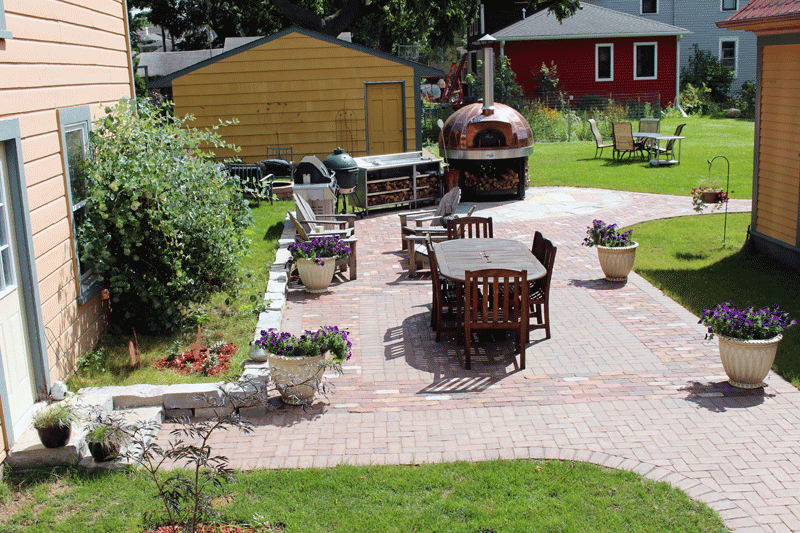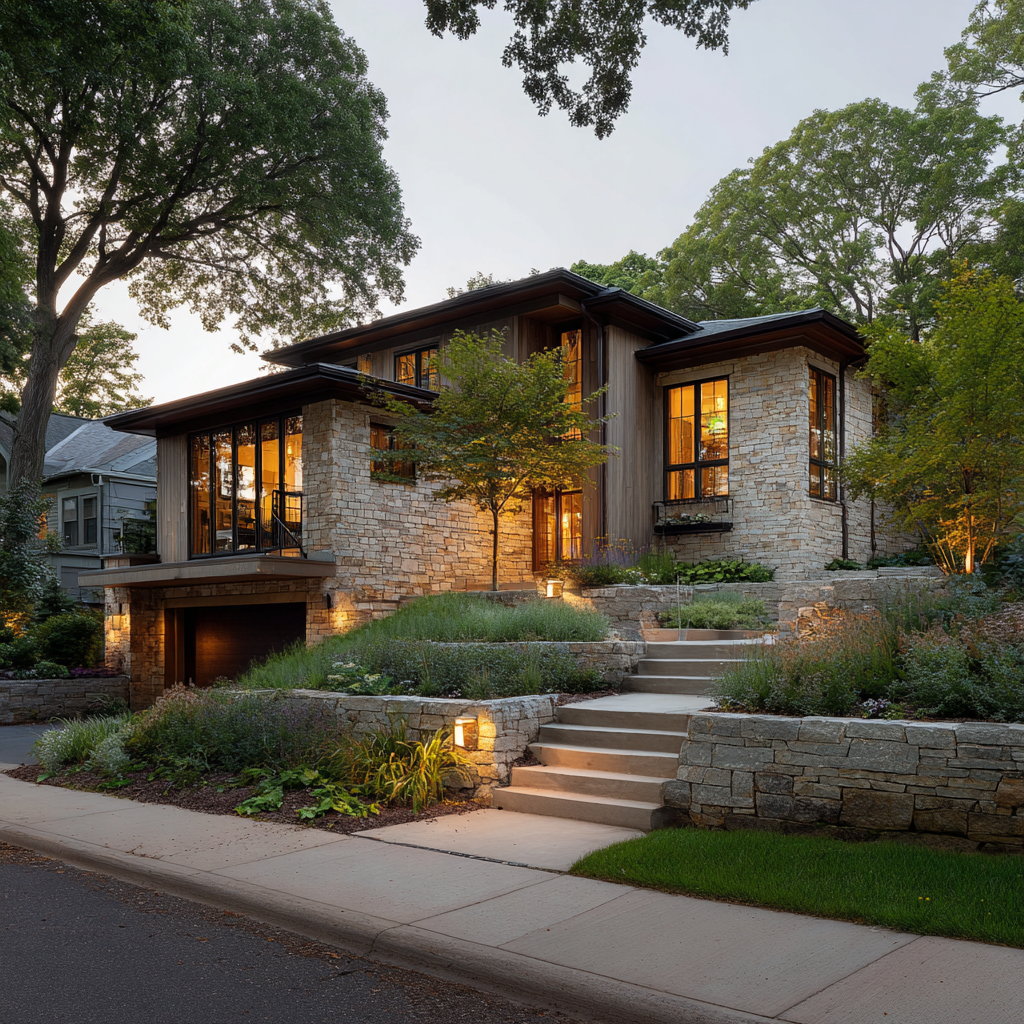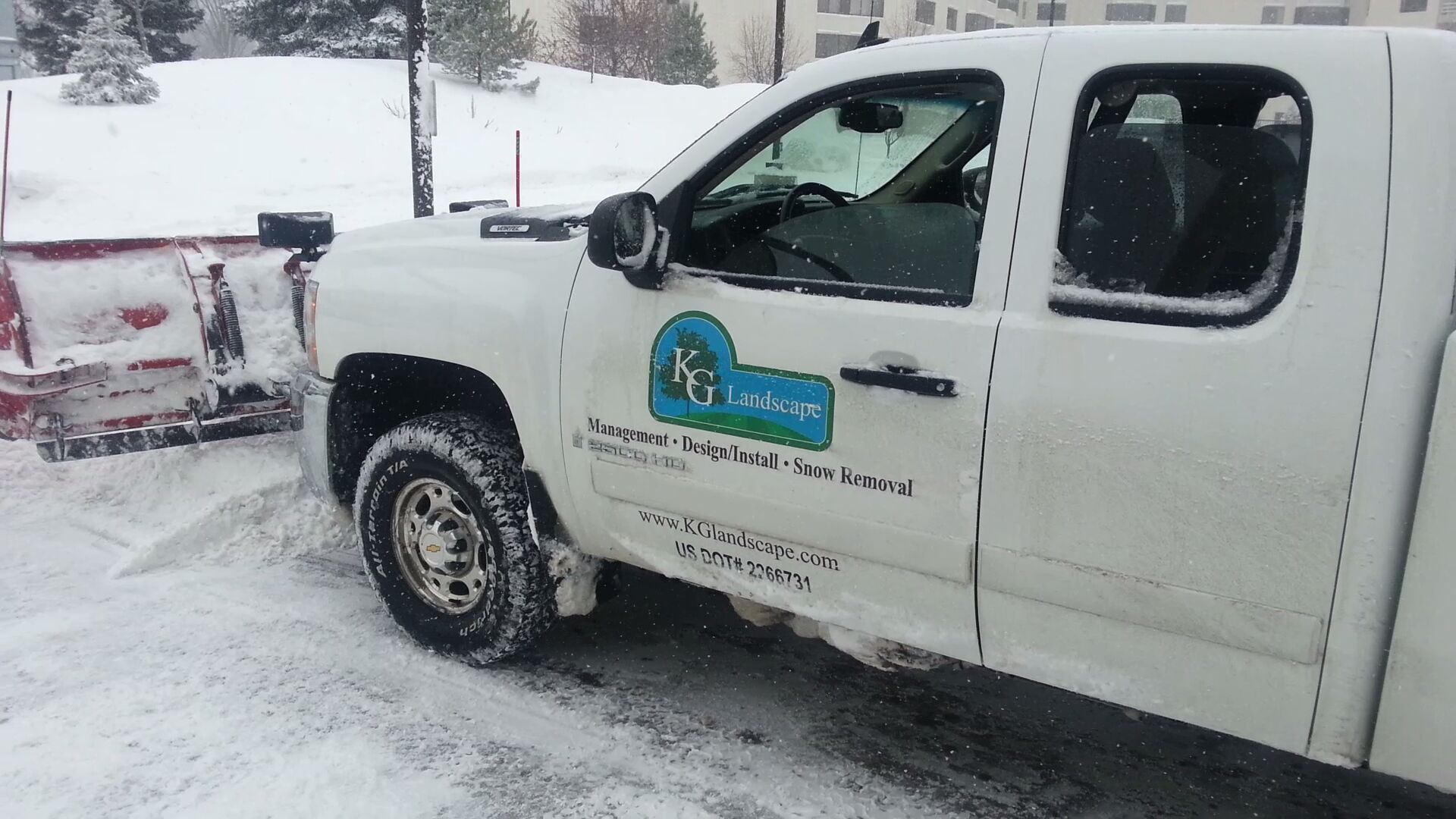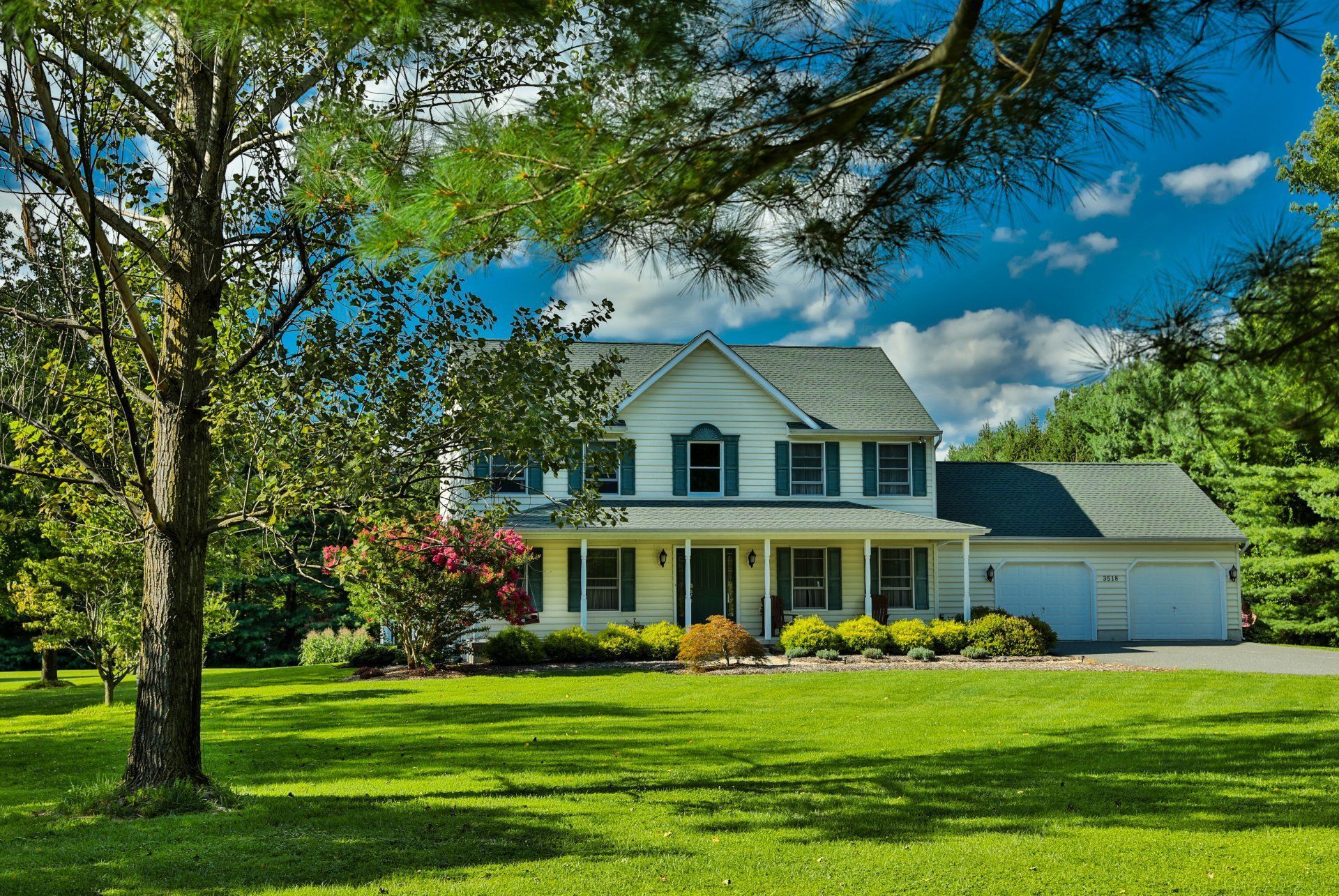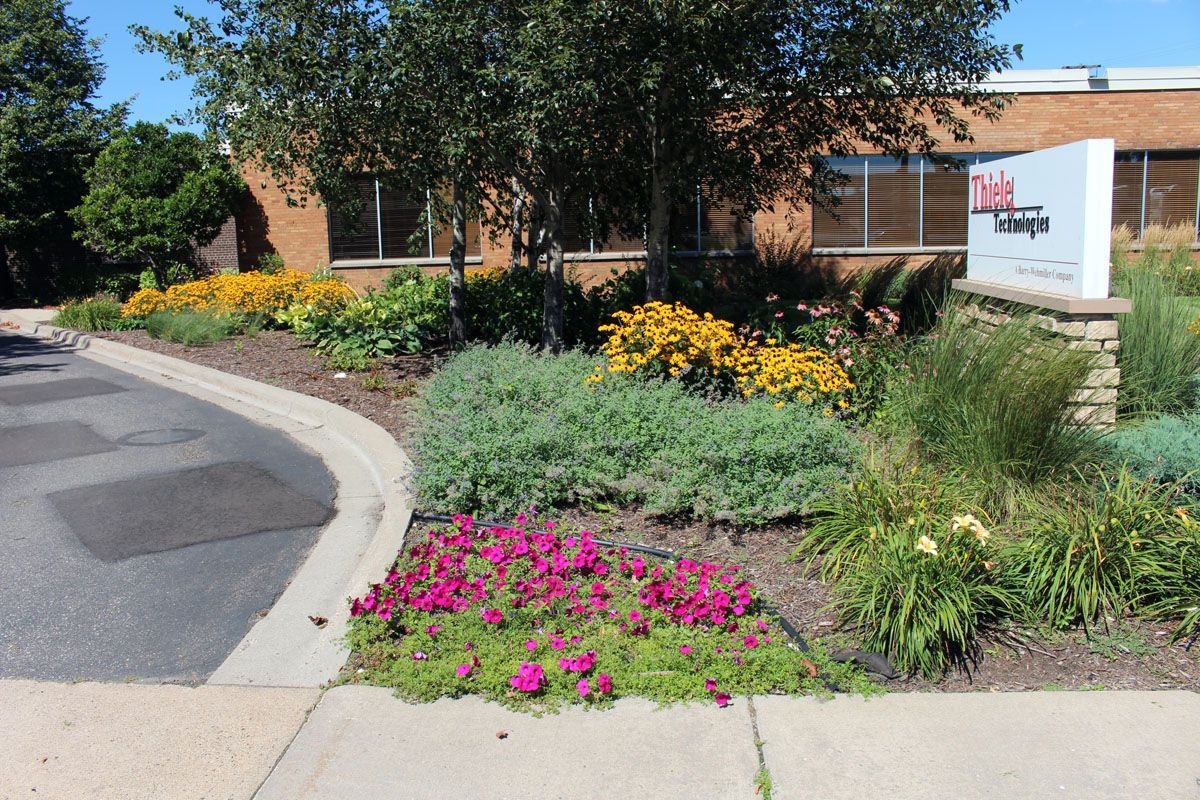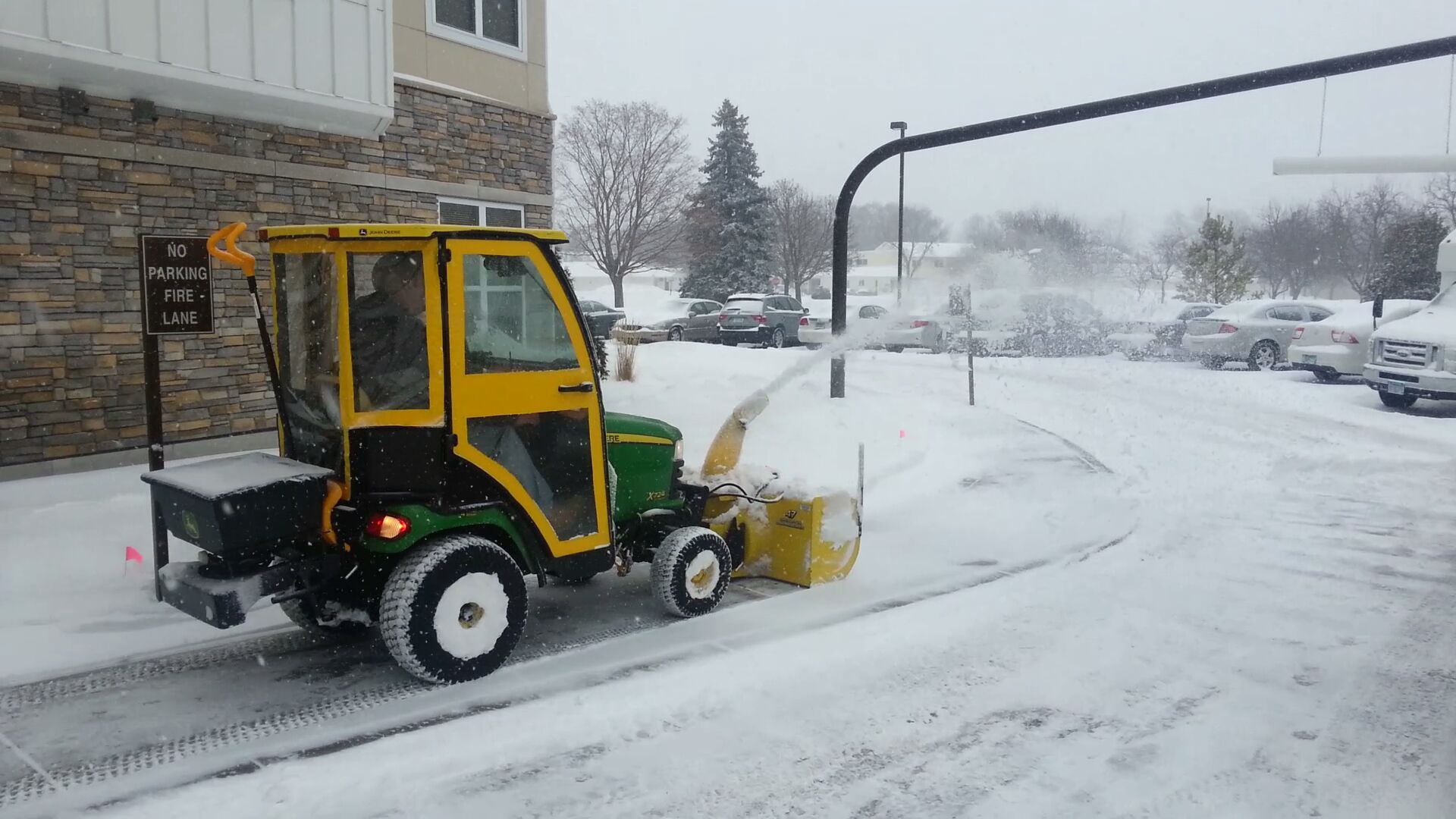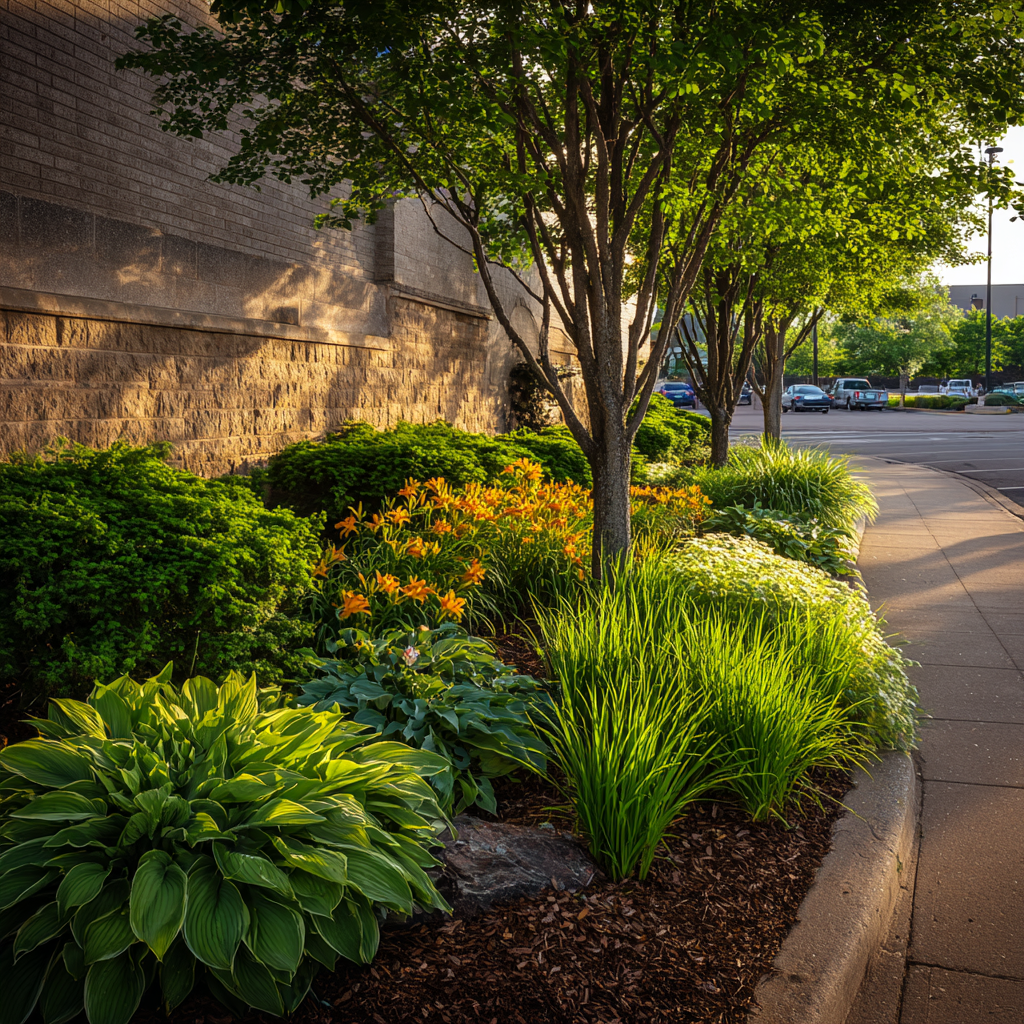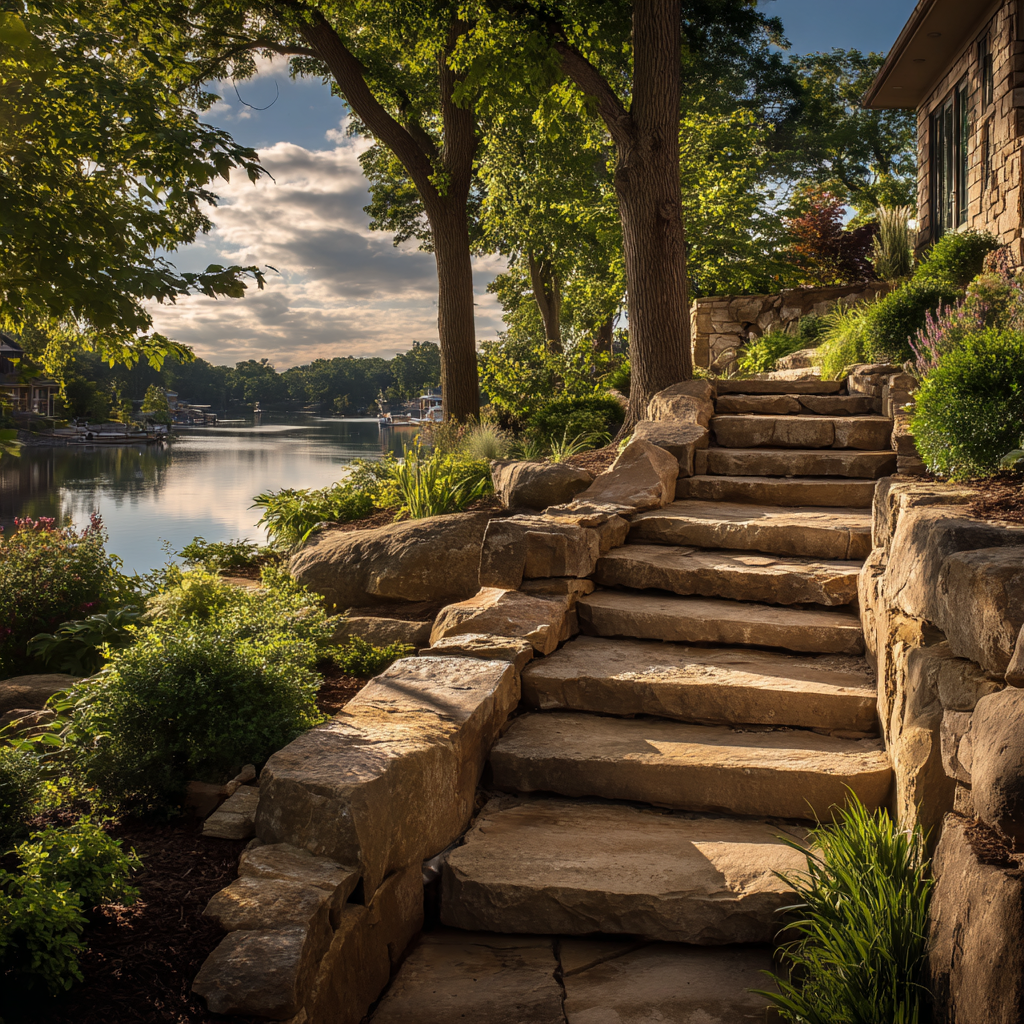Finding the Perfect Place to Plant a Tree on Your Property
So you want to plant some trees on your property, but you’re not entirely sure about the exact placement of each one. Well, you’ve come to the right place for help. This informative guide will give you a better idea of the best tree species to incorporate into your landscaping and precisely where to place them on your property. Dive into the detailed steps below to find an excellent location for every tree in your landscape design.
Step One: Selecting the Right Tree Species
Of course, you can’t start your new landscaping project without first selecting some tree species to station throughout your yard. The process of
purchasing a nursery tree can be complex, so it’s crucial to do background research before buying just any random tree. Take stock of your yard and consider the following factors prior to purchasing and planting your new nursery trees:
Just like the flowers in your garden or the herbs on your windowsill, trees will require special care and a specific environment to thrive, called the plant hardiness zone. There are many resources available to assist you in selecting tree and shrub species that should thrive on your property. View the USDA’s plant hardiness zone map here
for help finding plant families that flourish in your local climate.
Minnesota falls within plant hardiness zones four and five, meaning specific species
grow well here while others do not. Examples of deciduous ornamental trees and coniferous evergreens famous for planting in zones four and five include:
Choosing the tree species listed above if you live in Minnesota or any other type of tree or shrub that thrives in your local zone will guarantee to give you lush landscaping that grows sturdier and becomes more beautiful with each passing year. Visit your local nursery or consult with a landscaping company to receive vital information and recommendations on the perfect tree and shrub species for your landscaping project.
Step Two: Understanding Healthy Ecosystems
Once you know the local growing conditions, you can choose precisely which ones you’d like to plant and where. However, you’ll have many dying trees on your hands without the correct ecosystem set up in your yard.
You want your new trees to prosper for years, but that’s only possible if you create a positive environment for them to flourish. Think about lush rainforests or grassy oak savannahs; trees aren’t the only plants you see in these environments. An abundance of grasses, shrubs, flowers, vines, and other unique plants comprise a successful ecosystem. Include these seven vital layers to help give your new landscaping trees a greater chance of healthy growth:
Incorporating each area of a healthy ecosystem is ideal but often impractical for residential homeowners who lack an unlimited amount of space. However, implementing ground cover, shrub, low, and canopy tree layers, at the very least, can leave you with a range of great benefits, including a thriving forest ecosystem right in your backyard. The root systems from lower- and canopy-level tree species should solidify your yard’s soil to avoid erosion. At the same time, shrubs and ground cover provide the essential nutrients trees need to flourish.
Step Three: Assessing the Slope Situation on Your Lawn
Before you can begin planting your trees, shrubs, and other essential vegetation in a blooming ecosystem, you must determine the slope and grading of your lawn. This gives you and your landscaping partner a better idea of where plants should go and helps avoid severe damage during storms and rainy seasons.
Suppose your property often pools with water after heavy rains or experiences many mudslides throughout the year. In that case, you must consult with a professional landscaping team to tackle your drainage problems prior to planting any trees. Fortunately, you have a few options when it comes to the correct drainage solutions for your landscape.
Consider Different Drainage Options
Incorporating trees into your landscaping is an excellent way to solidify and strengthen the soil, eliminating the opportunity for erosion events to occur. However, it’s not the only method to mitigate certain problems on your property. The proper outdoor drainage solutions
are vital to avoid messy issues like flooding, oversaturation, erosion, and water damage. Some fantastic ways to keep your property free from water and erosion issues involve different types of drainage techniques, such as:
A landscaping company like KG Landscape
can assess your property’s slope and recommend the correct grading or drainage system for your needs. Having this knowledge on hand is also helpful for determining suitable tree species for your property and where to plant them on your lawn.
Step Four: Picking Out the Perfect Place
Now that you have a deeper understanding of specific drainage issues and where they might occur on your property, it’s time to pick out the precise location for your tree line. For property owners whose primary concern is erosion, equipping sloped sites with groupings of root-heavy tree species can be critical for mitigating future problems. Alternatively, shorter and smaller ornamental trees can look especially attractive as the standalone focal point in various locations throughout your property’s landscaping.
Some of the most popular placements and applications of trees on residential properties are:
The opportunities for incorporating both deciduous and evergreen trees into your residential landscaping are clearly endless. Explore your options with an experienced landscaping partner to finding the right location for your new landscaping trees.
Step Five: Incorporating Additional Landscaping Elements
If you’ve already invested in attractive landscaping elements like stone pavers or unique garden plantings, beautiful, tall trees can give these fun features the boost they need. Below we look at exciting ways to incorporate trees into existing landscape designs.
Winding Stone Walkways
Utilize slim yet tall tree species like the Bald Cypress to line your lawn’s existing stone pathways, drawing the eyes of your visitors into the property and inviting them to come inside.
Vibrant Landscape Lighting
If you choose an ornamental tree species to act as your landscaping focal point, installing outdoor lighting systems
can be an excellent way to illuminate the gorgeous leaves as days get shorter.
Alluring Arbors and Trellises
Accentuate composite or wooden arbors and trellises with your chosen trees and equip them with vibrant crawling vines to create a stunning visual effect reminiscent of lush English gardens.
Inviting Patios and Decks
For property owners with patios and decks, incorporating trees can be an excellent way to create additional shade. Use taller canopy-level species to emit cool pockets of shadow, allowing you to escape the sun and enjoy your outdoor living space on even the hottest summer days.
Lush Plantings
Of course, you can’t leave your trees standing alone without some supplemental landscaping elements to enhance their visual appeal. Incorporate smaller shrubs, flowers, moss, and grasses to give your landscape extra color and nutritious ground cover.
Step Six: Enjoying Your Beautiful Backyard Forest
After reading this article, you should be armed with the information necessary to find the perfect trees for your next landscaping project and implement them properly. Incorporating the right tree and shrub species into your backyard landscape can leave you with a beautiful forest oasis to enjoy long-term. Consult with KG Landscape
to learn more about finding the perfect location for tree placement on your property and see your lush forest prosper for years to come.

